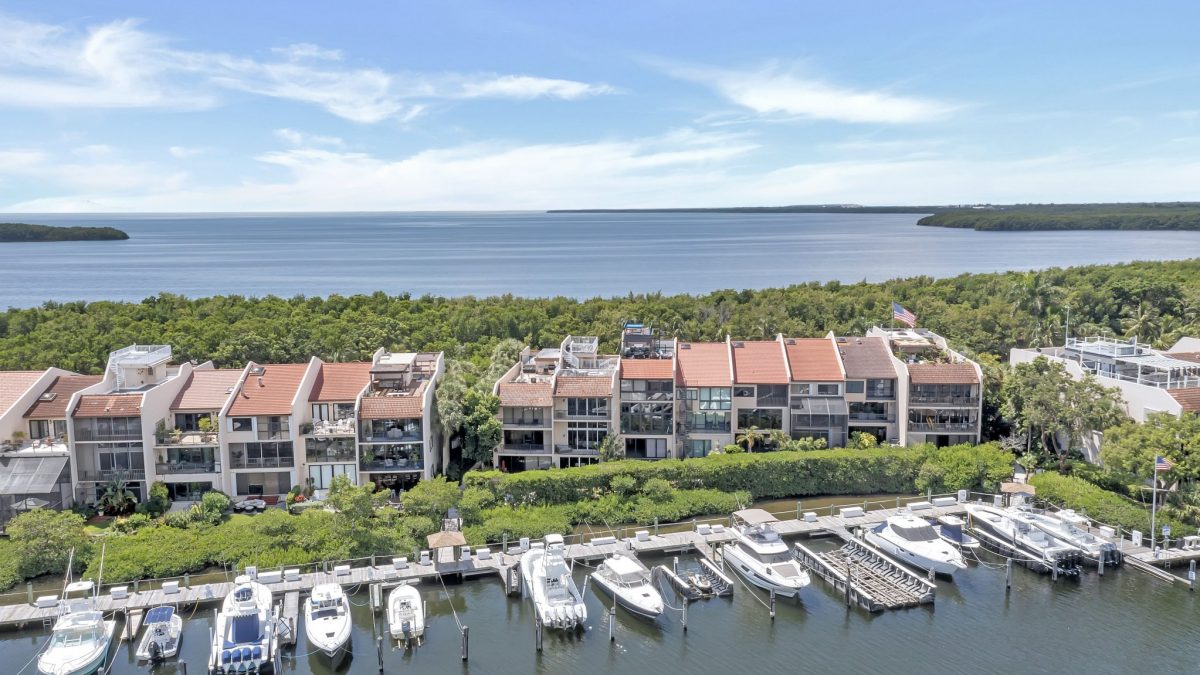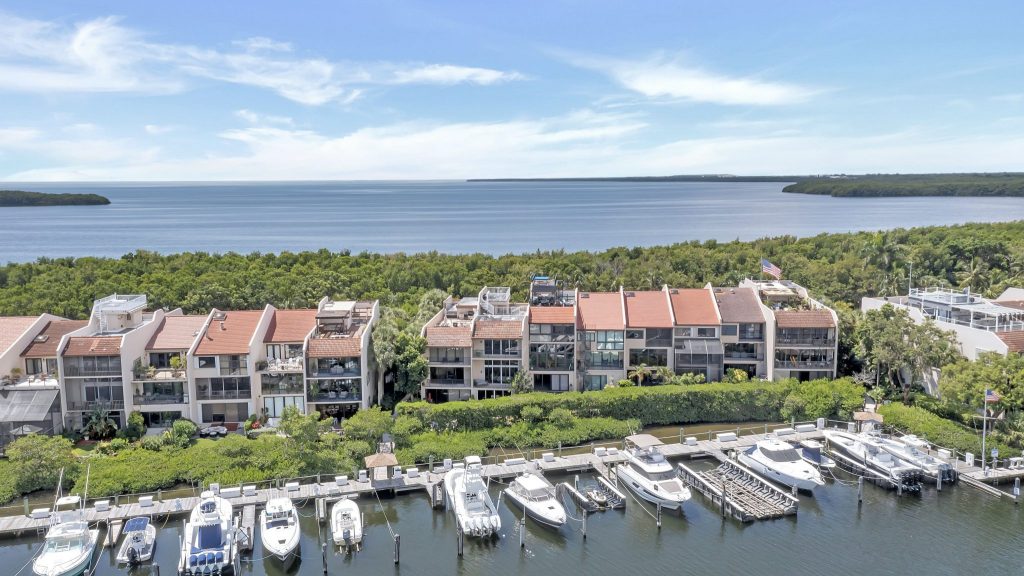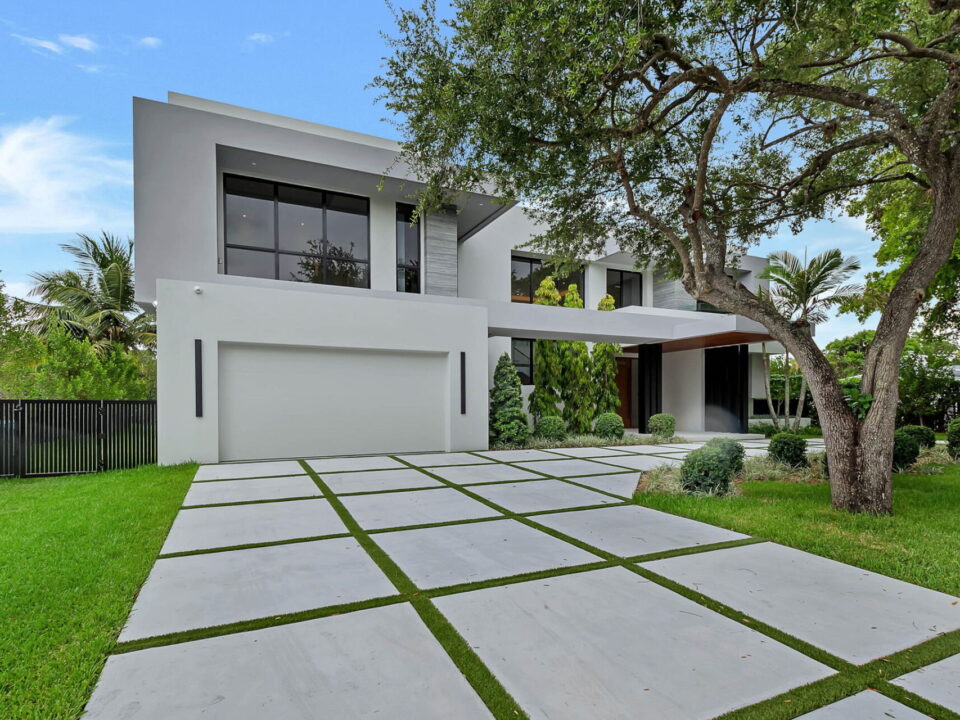Investing in a Miami Rental Property: Is Now Really the Right Time?


Real Estate prices are high and interest rates are low. Home values had a reported 17.2% historic increase last year (which was the highest increase in history), and the demand equaled a decrease in available commercial properties by 28%.
When it comes to investing in residential real estate, most people start by looking to buy below market value, assuming they can bring up the property value, flip it, and pocket the difference.
It makes sense, but it is much more difficult to see where the real estate market is undervaluing properties than perusing Zillow (though seeing what properties are renting for and how that changes over time is absolutely vital knowledge).
Instead, it’s much more practical to look at longer-term investing – buying a property, rehabbing it, renting it, refinancing it (and then repeating the process – commonly referred to as BRRRR).
If you’re looking to make a longer-term investment in residential real estate in Miami,
the best place to start is by looking at a property’s capitalization rate (commonly referred to as a cap rate). The cap rate is a simple valuation ratio – it’s the annual rental income produced by the property divided by the current market value. A higher cap rate typically means a higher level of rental income or a lower market value.
But more important than the cap rate itself is why the cap rate is high (or low).
With that in mind, if you are just getting started in residential real estate investment opportunities in Miami, here’s a few tips to consider:
1. The cost of money: regardless of whether you are buying cash with the intention of doing a cash-out refinance down the road or buying initially with a loan, the interest rate (plus other terms of the loan) are extremely important. As a general rule, lower interest rates increase the market value of property.
2. Cash-on-cash return (CCR): CCR, to put it plainly, is the annual rental income minus loan payments from operations divided by the total cash invested in the property. If that sounds a bit confusing, have no fear. It can take a minute to catch on, but it’s relatively simple when you do.
Say you buy a $500,000 property with a $100,000 down payment. The total cash you invested is $100,000. Now, let’s say you can rent it for $2500 a month, and your operating costs (loan payments, insurance, taxes, maintenance etc) are $1,700 a month: you’d be earning $800 a month or $9,600 a year on your $100,000 cash investment, meaning your CCR would be 9.6%.
3. Internal rate of return (IRR): This is one that you can’t really miss. The internal rate of return is the total amount that your cash investment earns from operations plus appreciation when you sell the property.
With all of this being said, by the time you read this Miami’s residential real estate market will be different than it was when I wrote this. If you would like an updated analysis on Miami’s residential real estate market, drop me a line.



